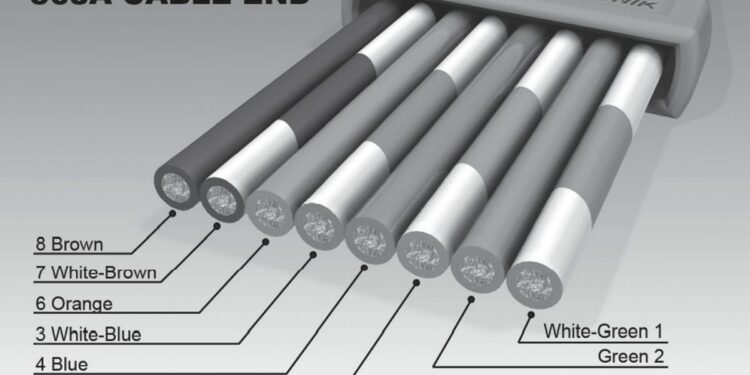It was noted in the introduction to this Chapter that in many cases the requirements on a connector for signal applications are not very demanding; the currents are below those where Joule heating is a consideration and the voltages below those where safety requirements are imposed.
This is not to say that connector design requirements are not important. Certainly contact resistance magnitude and stability remain important requirements and all the design/materials issues discussed in Chapter II/2.2 Contact Springs are applicable. Another characteristic of these applications is that they carry low frequency signals, tens to thousands of Hertz, and the signals are contained within the conductors, the cables and contacts. Different connector types and sizes are interchangeable in these applications. That is to say that the contact geometry can be pin/socket or post receptacle, the contact finish can be gold, tin or silver, the connector housing can be nylon or PBT, and connector centerline can be 1.0 or 2.0 mm. The preferred connector type varies with the LOI and the application, industrial/commercial, military/aerospace or computer/telecom.
This is not the case for high frequency signals, signals where electromagnetic interactions come into play. In such signals the current is carried near the surface of the conductors, the skin effect and the electrical and magnetic fields are external to the conductors. This leads to potential interactions between the fields of a signal carrying contact and adjacent contacts whether they are carrying signals or not. Under these conditions a new set of parameters affecting signal integrity come into play. Discussion of these parameters is outside the scope of this edition of Trilolgy of Connectors.































